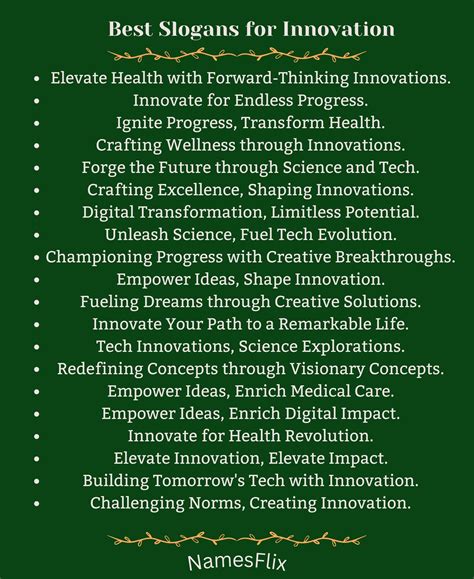The future of digital property: Explore the potential of non impressive tokens (NFT)
In recent years, cryptocurrencies like Bitcoin and Ethereum have revolutionized the way we think of digital resources. However, a new and exciting space emerged: the world of non -impressive tokens (NFT). NFT are unique digital resources that can be purchased, sold and exchanged as traditional works of art. But what exactly is an NFT? And how does it adapt to Litecoin (LTC) in this ecosystem?
What are NFT?
A non -fungible token is a digital feature stored in a blockchain that ensures its property and uniqueness. Unlike cryptocurrencies, NFT cannot be changed with another identical activity of the same type. This means that each NFT has its own value, making them very precious and sought after.
NFTS PRAYER
In 2017, the first NFT, Opensea Market was released. Since then, NFTs have gained significant traction, with artists, musicians and collectors who gather on platforms such as pinging, superverse and wedges. The value of these digital features has increased to the stars, with some rare NFTs that sell for millions of dollars.
Litecoin (LTC) – A study case
A cryptocurrency that attracted attention to the NFT space is Litecoin (LTC). Here is a brief case of study on how this altcoin adapts to the ecosystem:
What is Litecoin?
Litecoin is a point -to -point ATM system that allows fast, secure and decentralized transactions. Launched in 2011, Litecoin was created to compete with Bitcoin as a practical alternative.
Why is Litecoin relevant to NFT?
LTC’s unique characteristics make it suitable for NFT space:
* Speed : LTC transactions are significantly faster than those of other cryptocurrencies, such as Ethereum.
* Scalability

: LTC is designed to manage high transaction volumes, making it an attractive choice for decentralized applications (APPs) and NFT.
* Security : LTC uses a work test consent algorithm, which makes it safer than some other cryptocurrencies.
Study Houses: Adoption of Litecoin NFT
By 2020, the NFT market rarely launched its Litecoin fork called RLC (Litecoin). The new version of Litecoin Blockchain has based on working perfectly with the existing rare platform. This collaboration allows faster and more efficient transactions, facilitating the purchase, sale and exchange of NFT.
Advantages of the adoption of Litecoin
Litecoin integration into the ecosystem NFT offers several advantages:
* Increased adoption : When supporting a decentralized cryptocurrency, Litecoin becomes an attractive choice for users who want to buy or sell NFT.
* Enhanced Scalability : LTC fast transaction times allow Dapp and NFT markets to quickly process transactions, reducing congestion and increasing overall efficiency.
* Improved security : The work test consent algorithm ensures the safety of LTC transactions.
Conclusion
The future of digital property is exciting and NFTs are at the forefront of this revolution. Litecoin (LTC) emerged as a strong candidate in space, offering speed, scalability and safety. As more users and artists enter NFT ecosystem, we can expect Litecoin to become an increasingly important player.
Start with Litecoin
If you are interested in exploring the LTC world and its potential for NFT, here are some steps to be taken:
- Download the Litecoin Portfolio
: Start by downloading the Litecoin Wallet Official application (LTC) or the navigator extension.
- Explore the Litecoin fork : Visit the rare platform and check the LTC fork, which offers an integration not evaluated with existing users.
3.
Leave a Reply